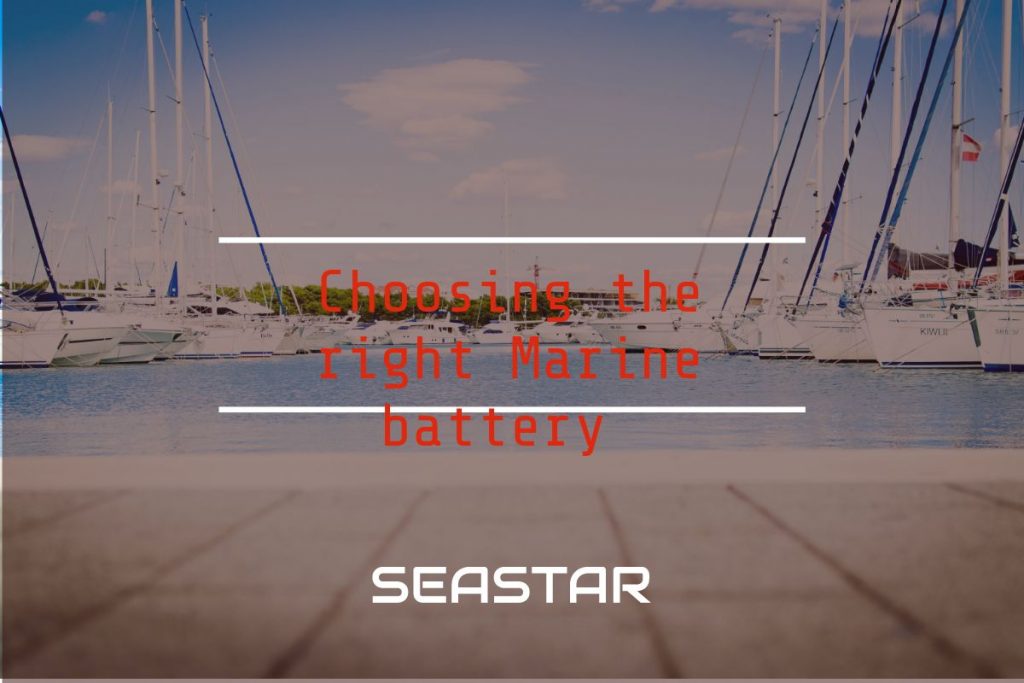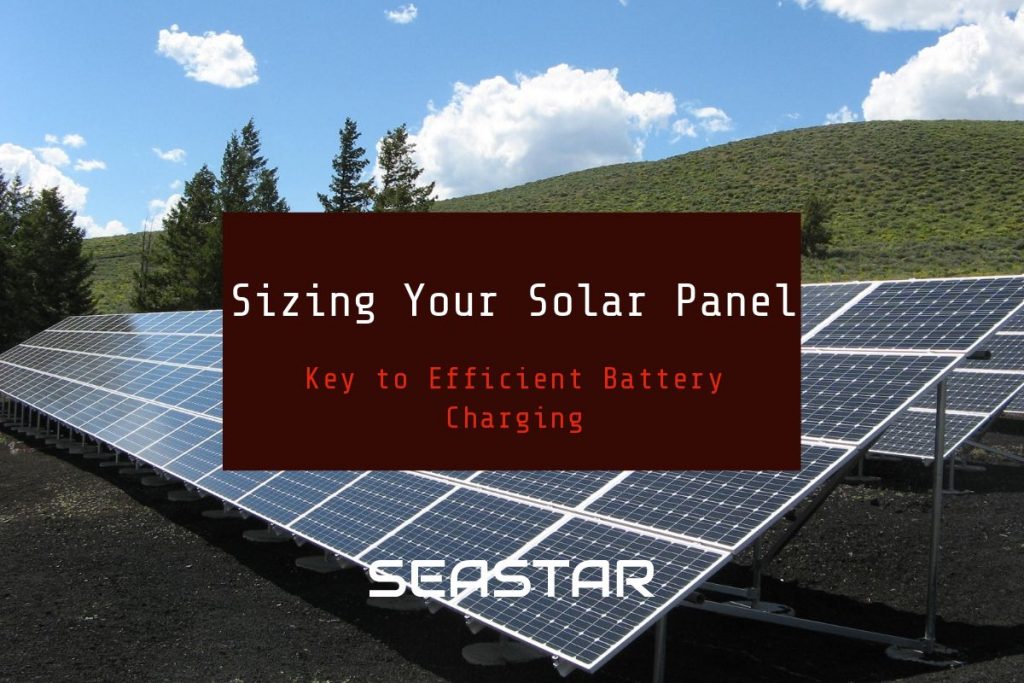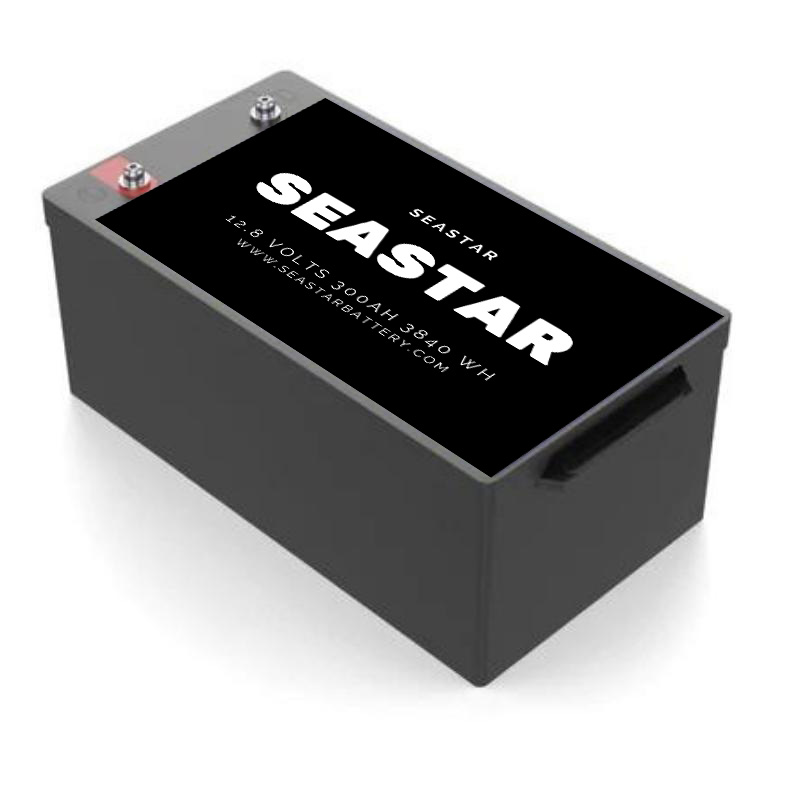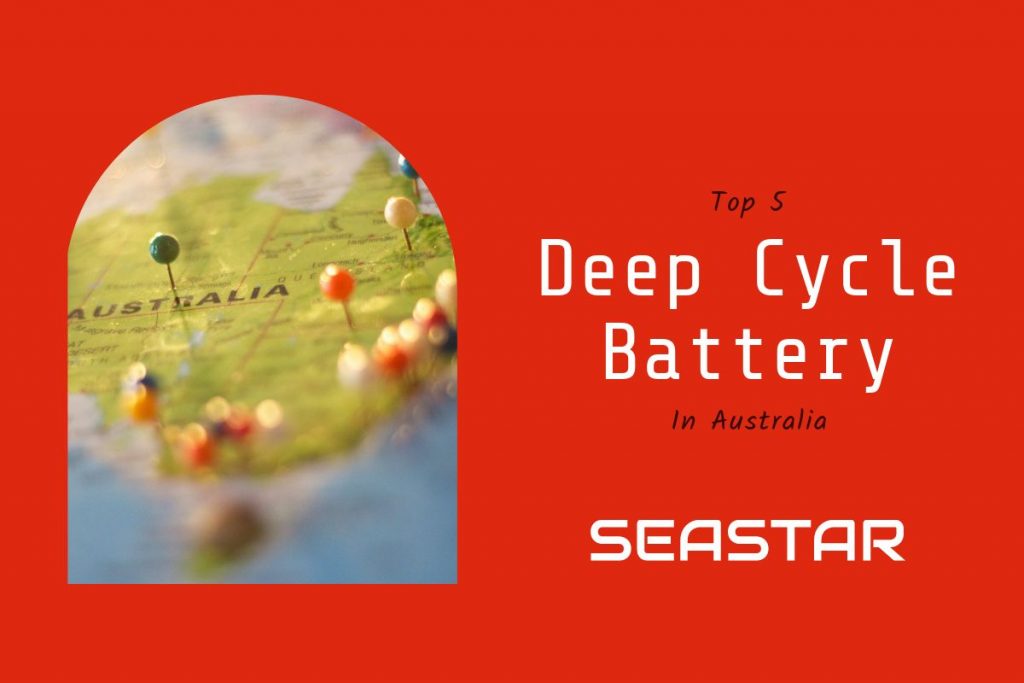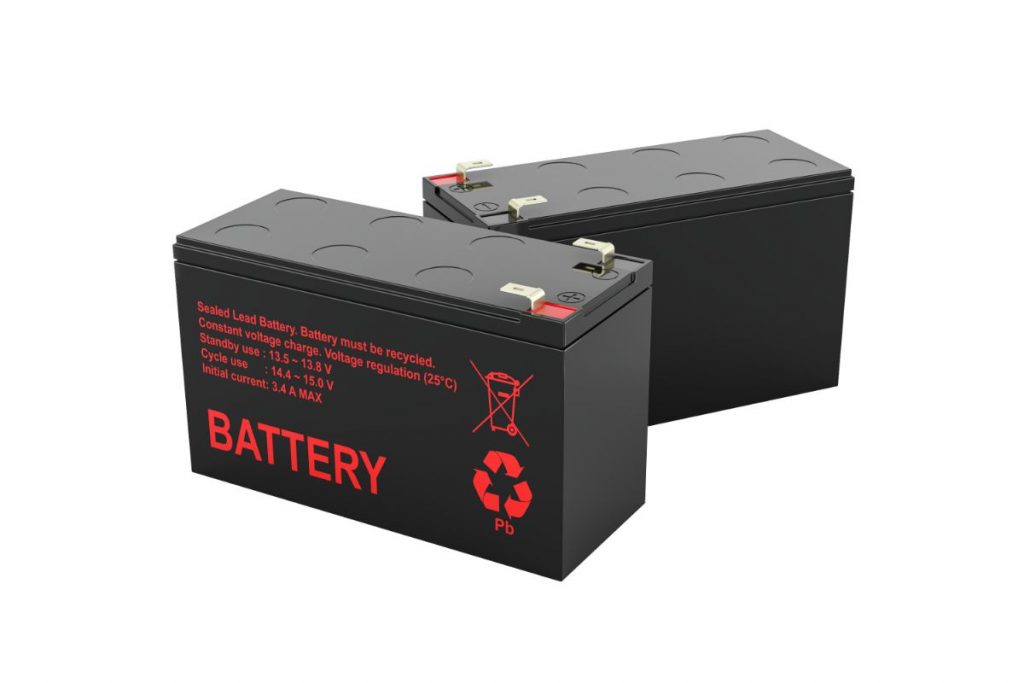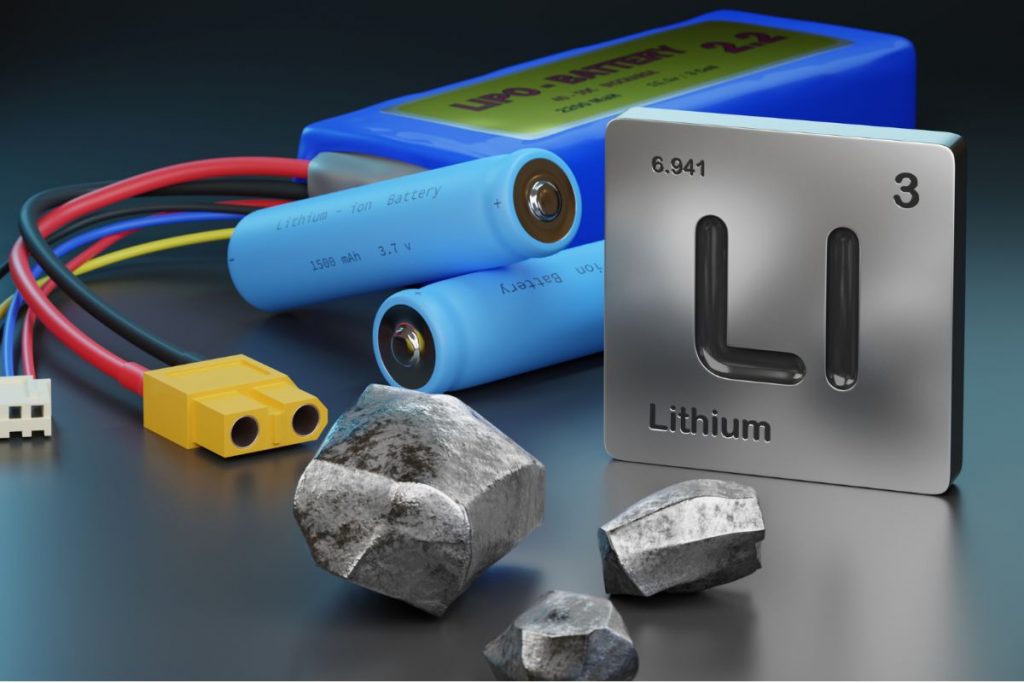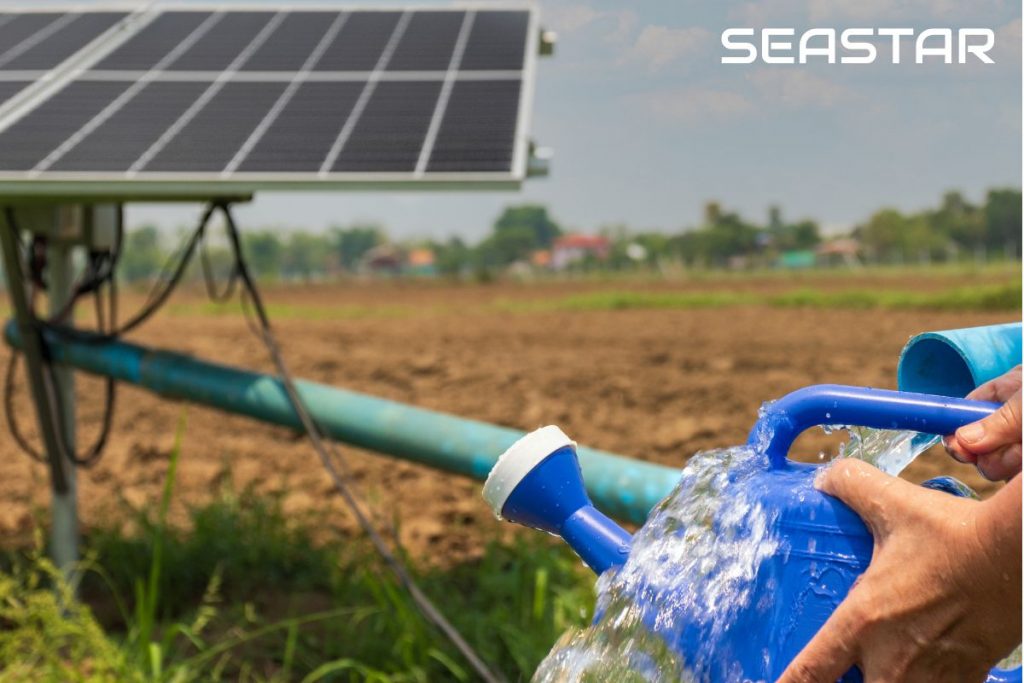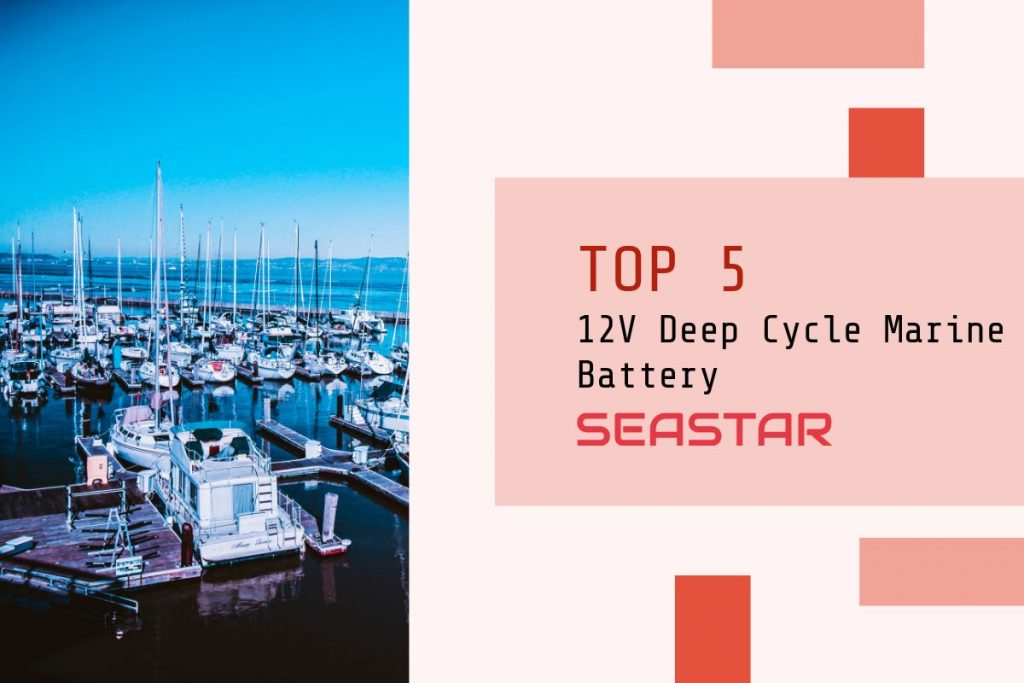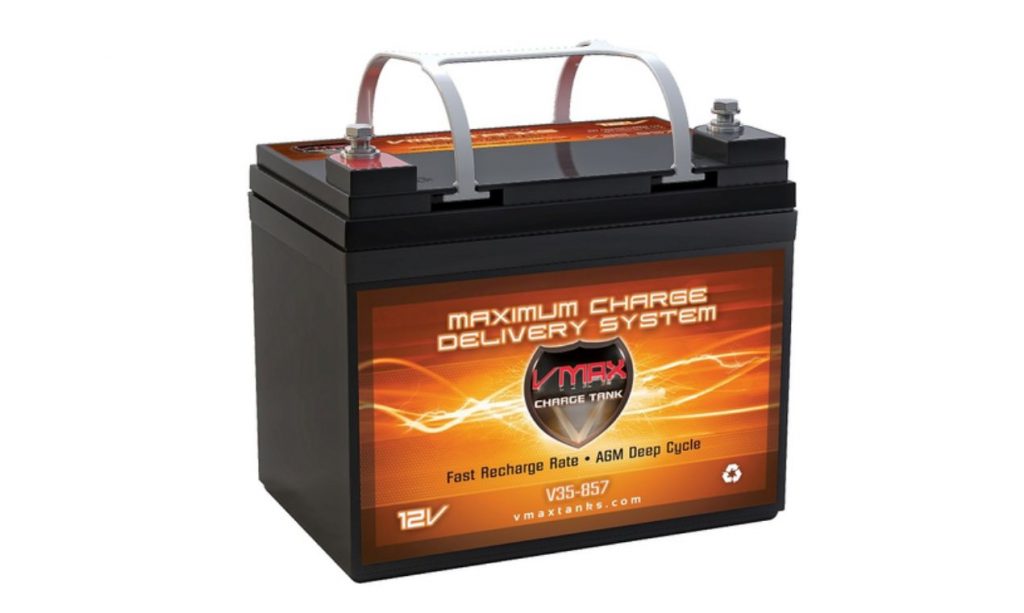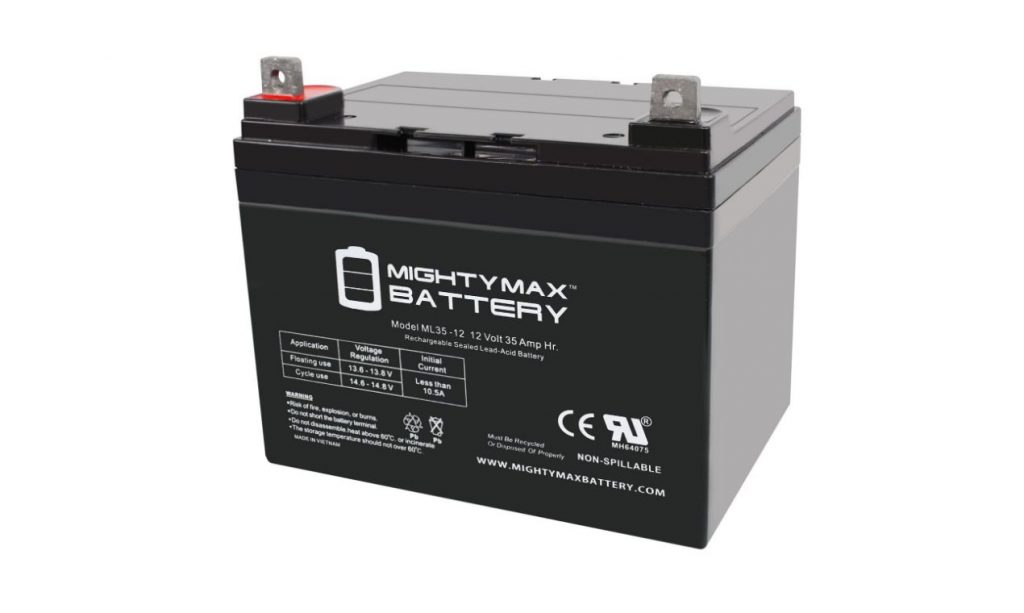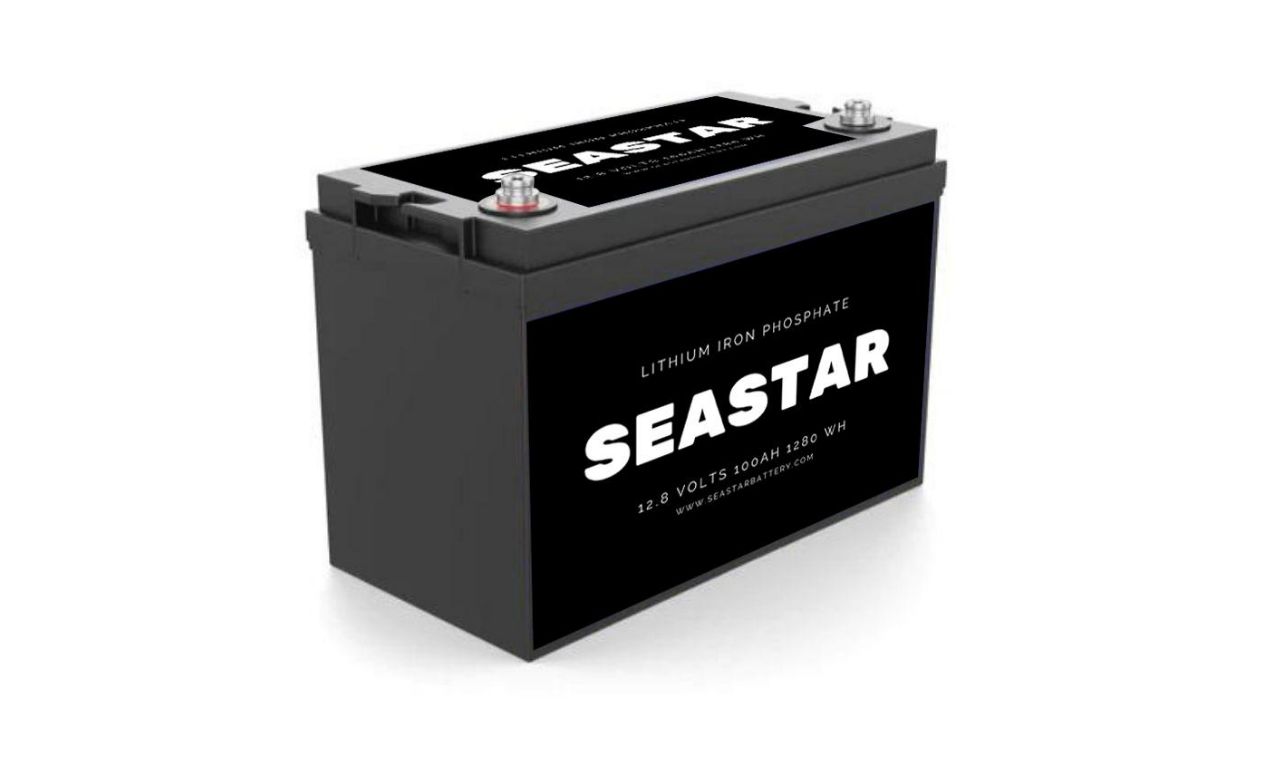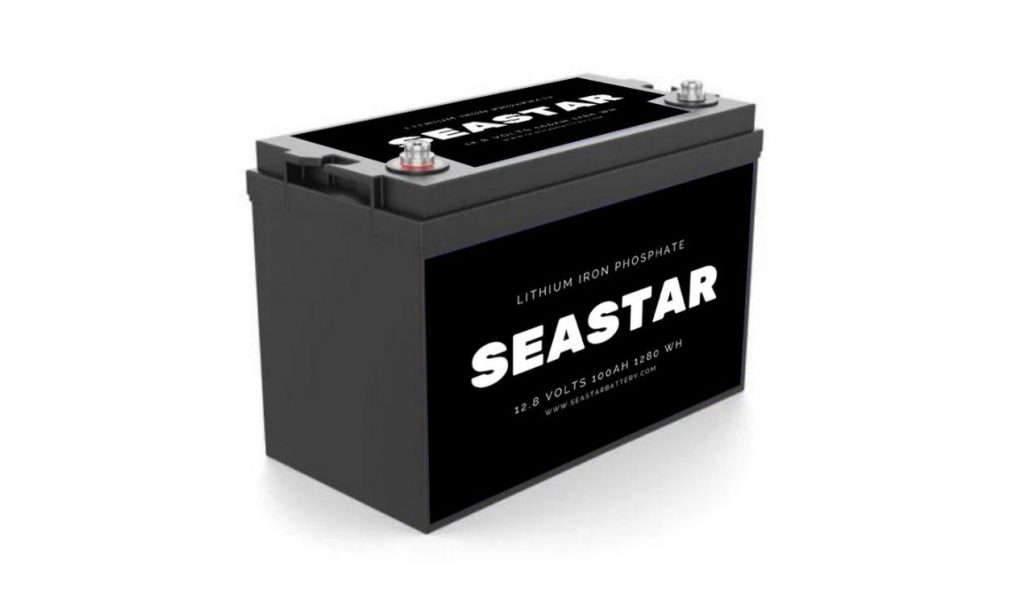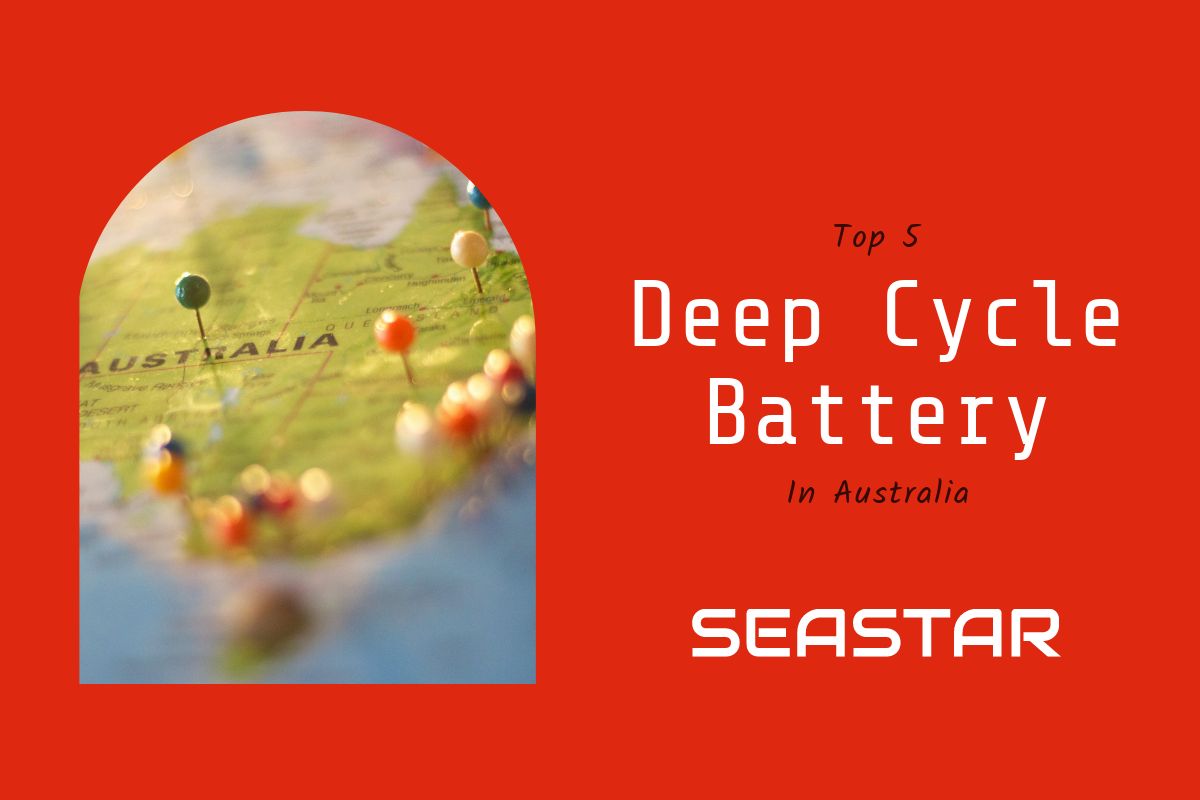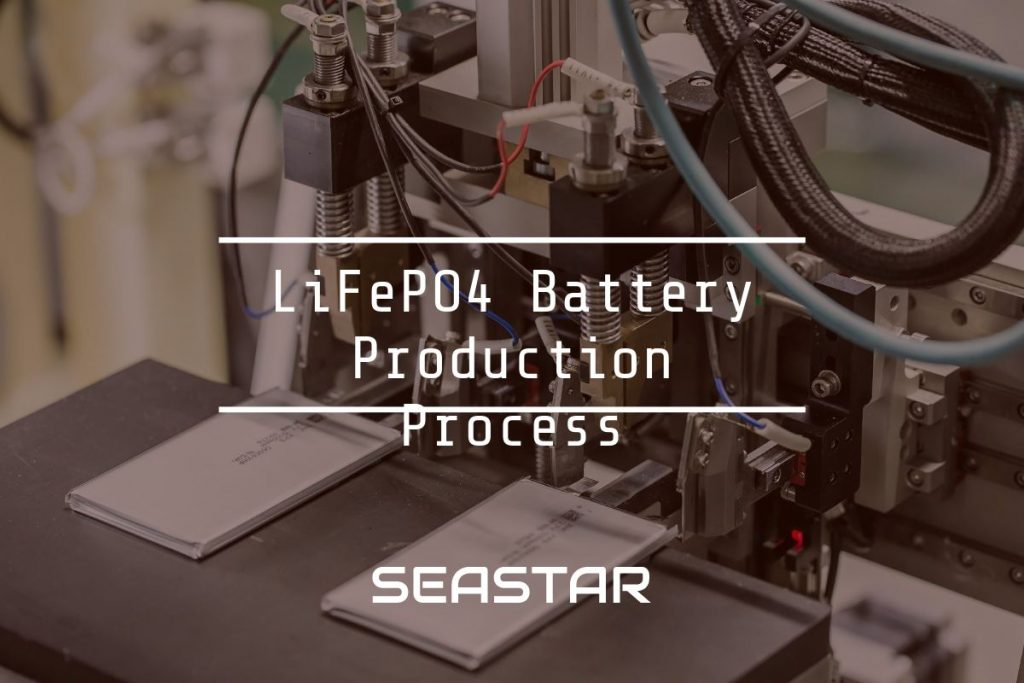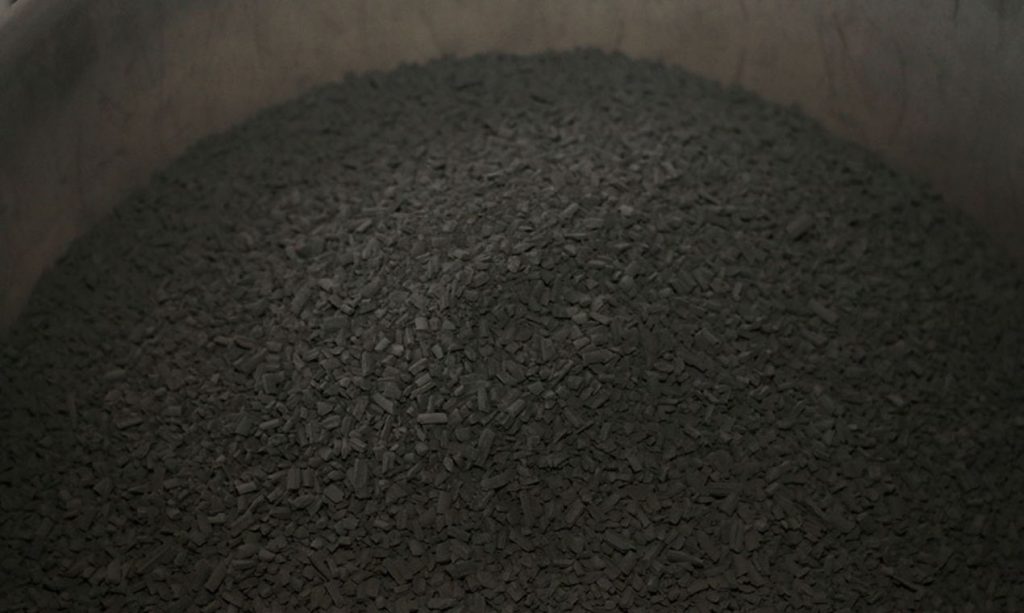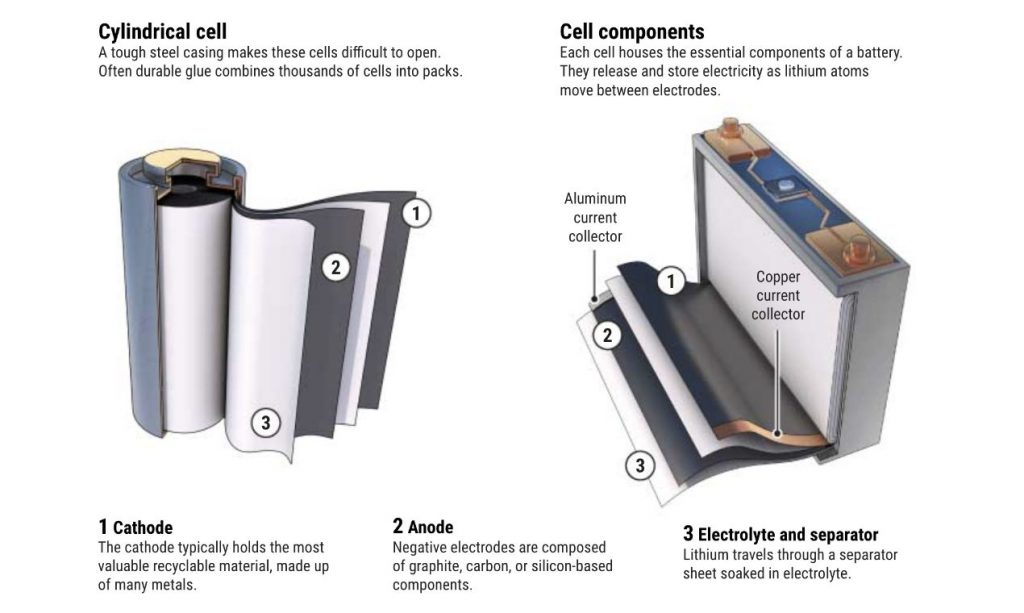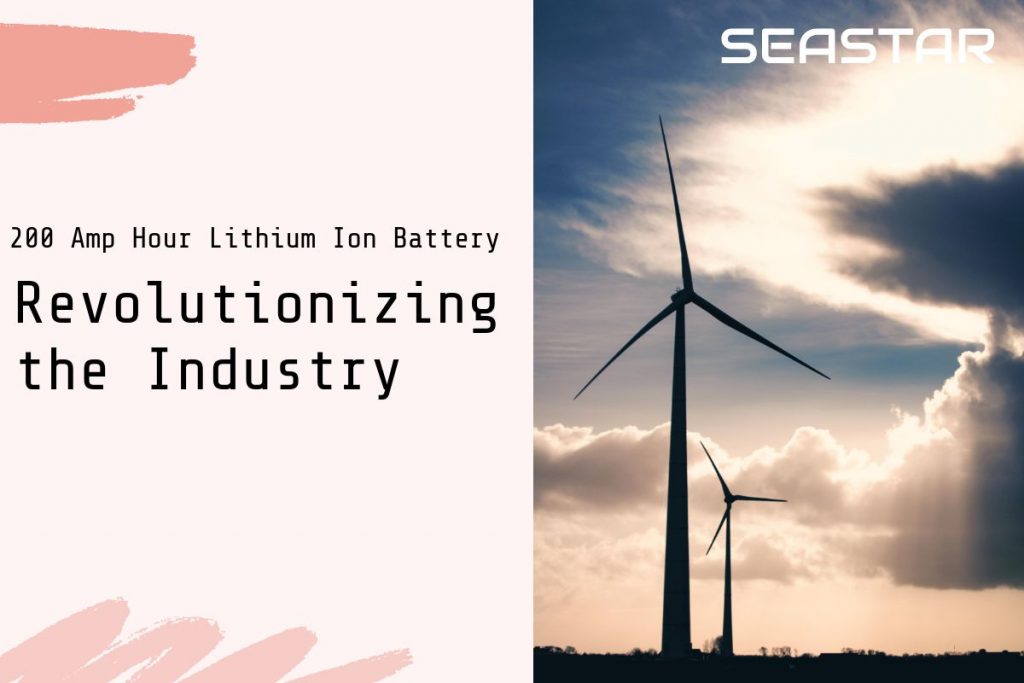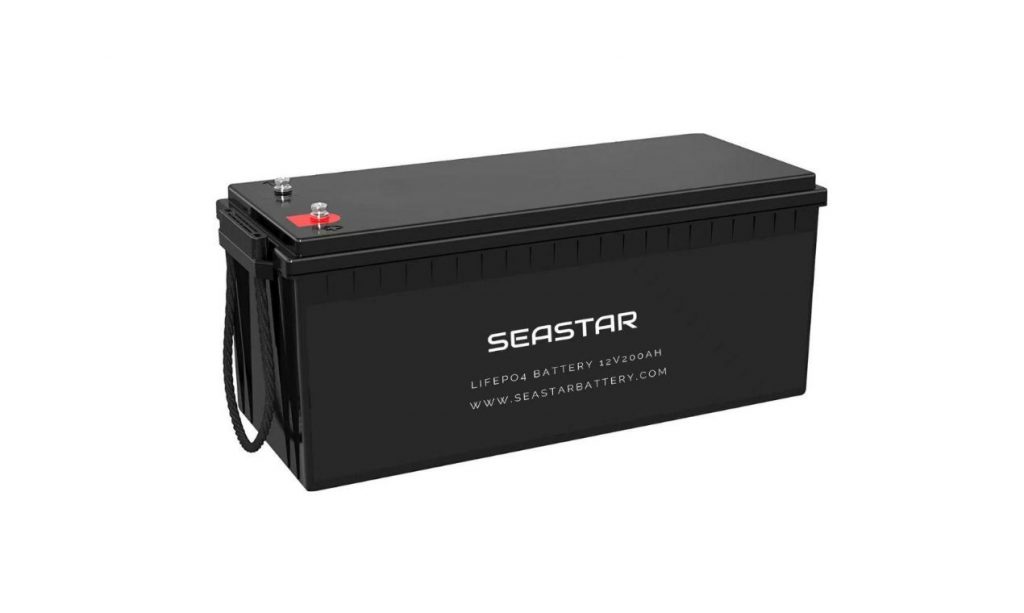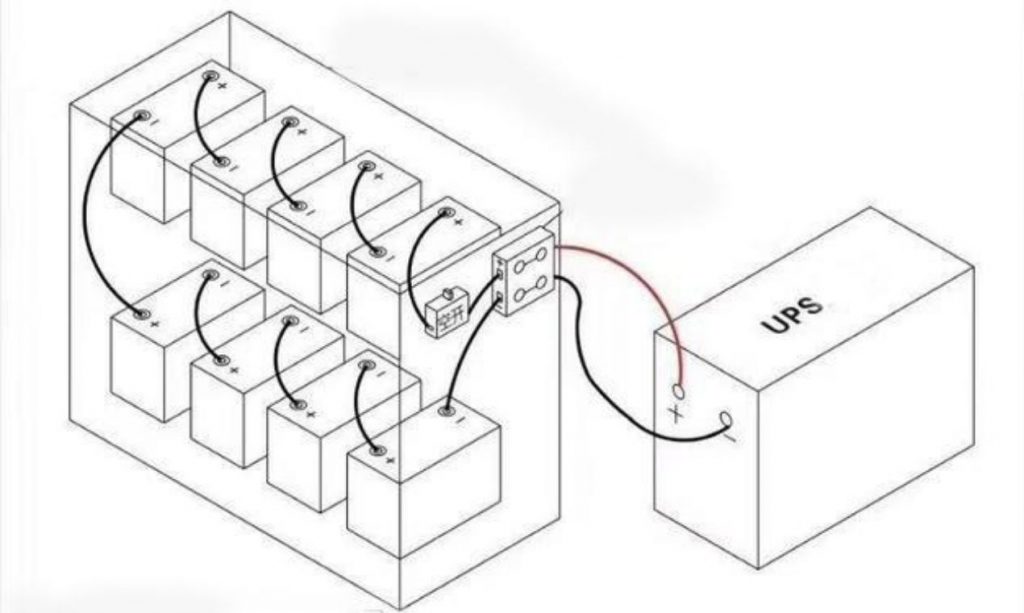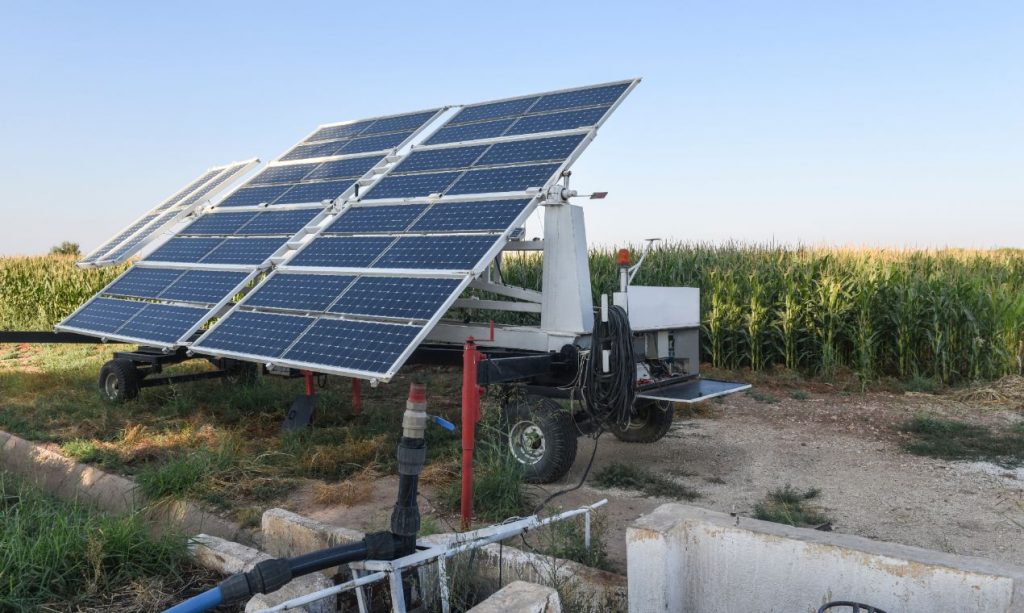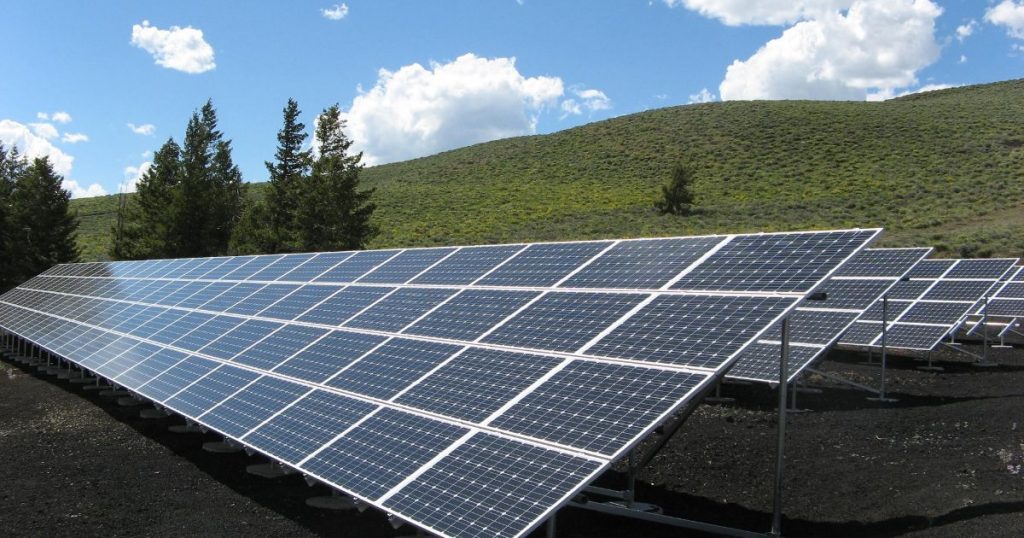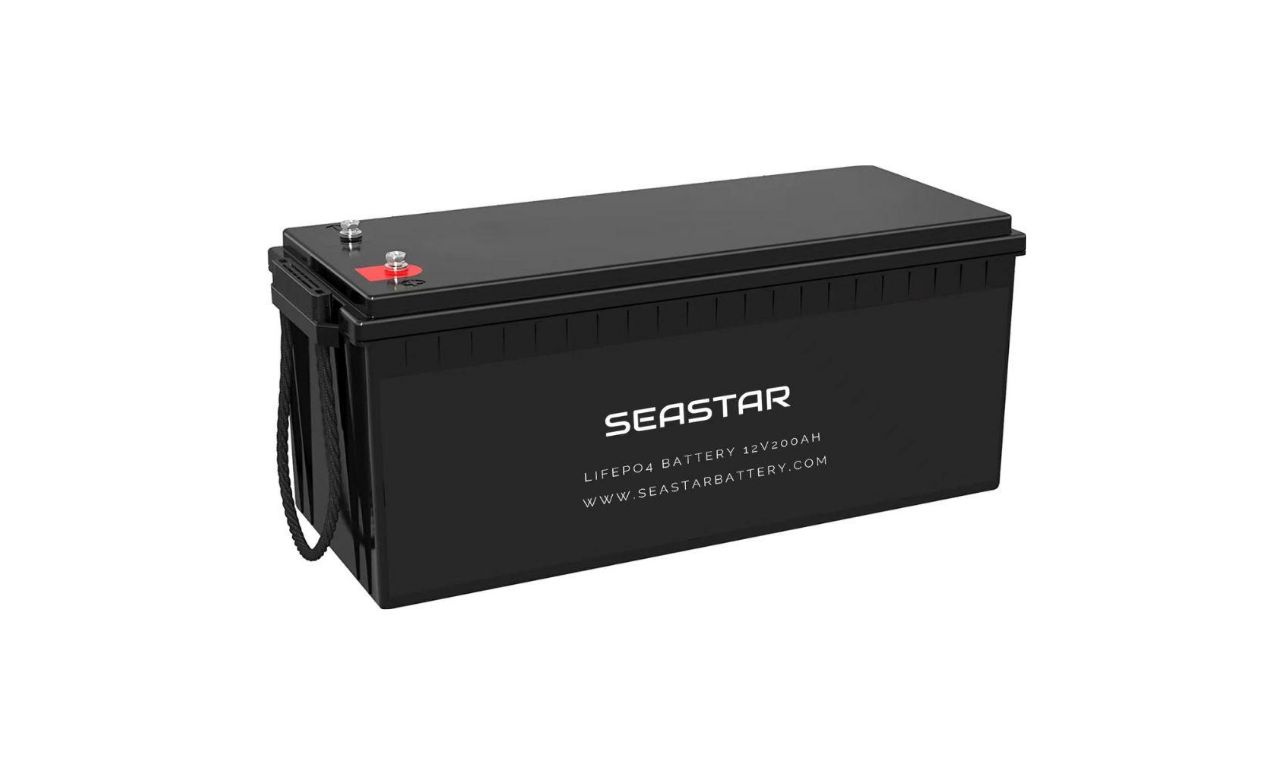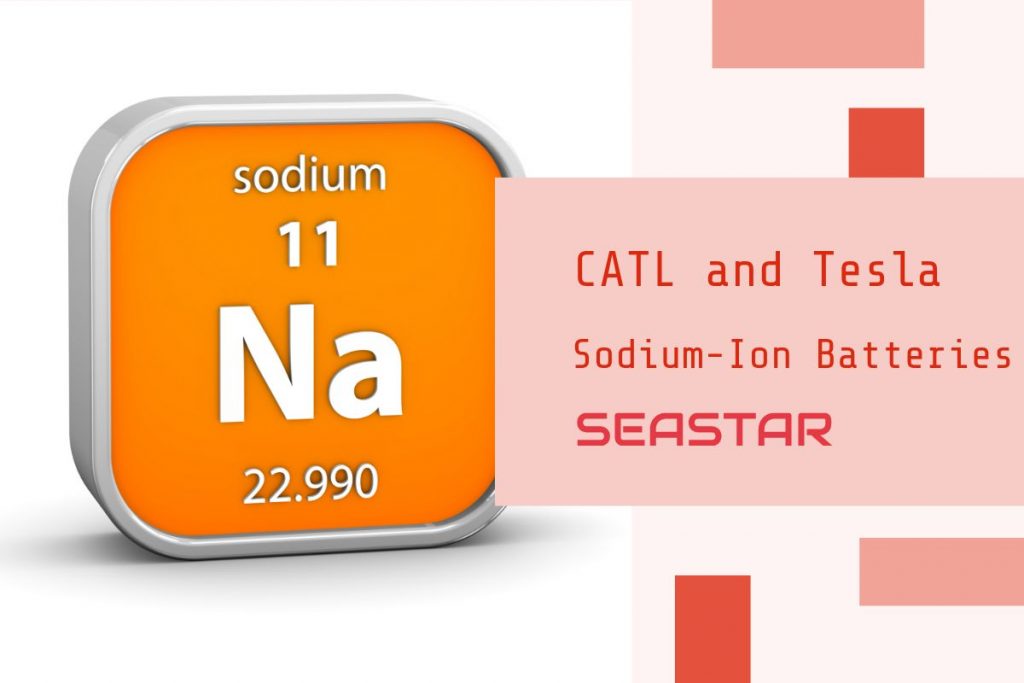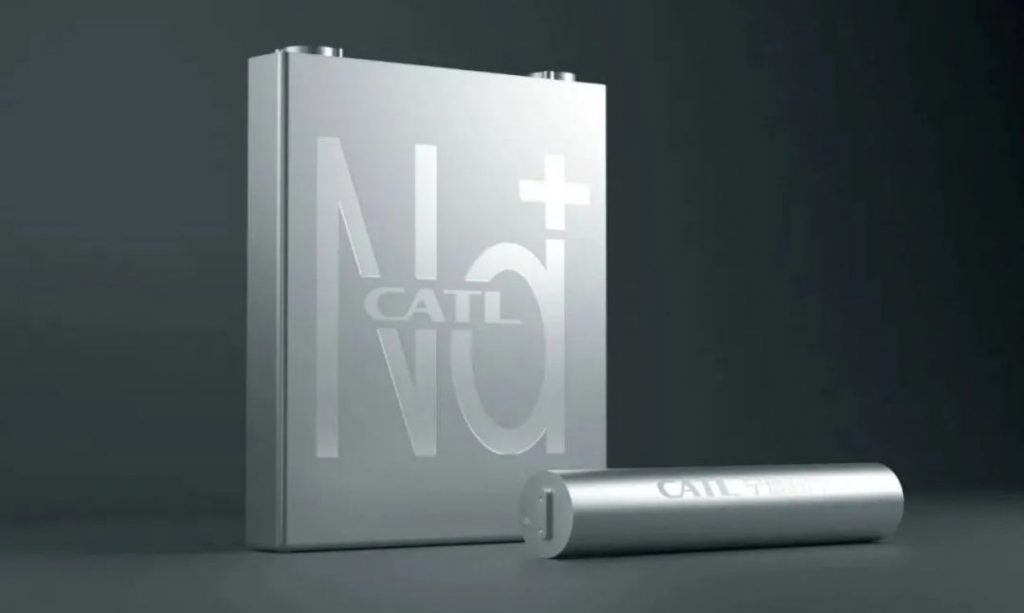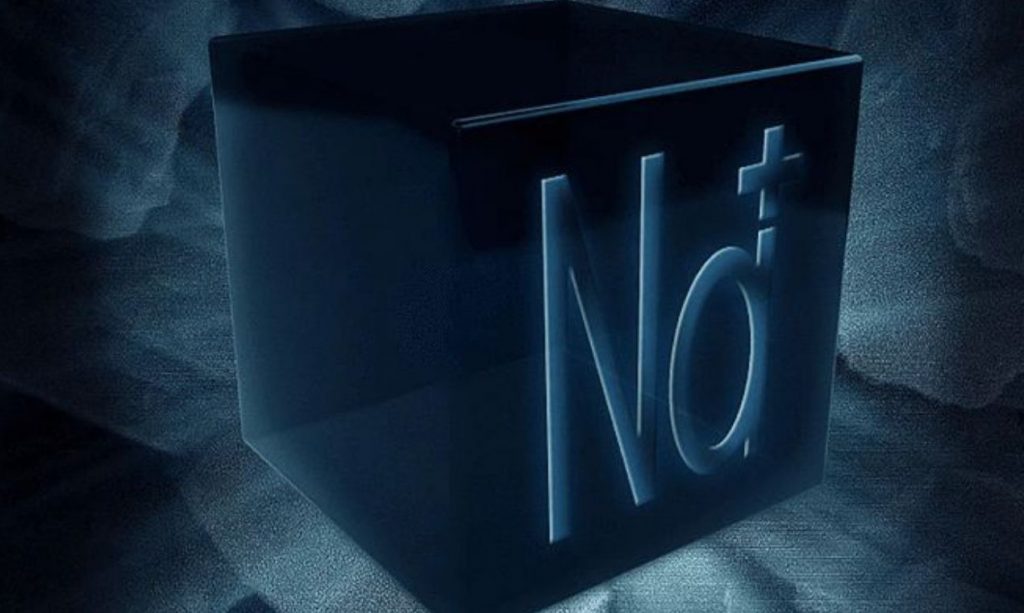Choosing the Right Marine Battery: A Comprehensive Guide
As the comfort level on boats continues to rise, the demand for efficient energy storage in batteries has become paramount. The increasing number and sophistication of onboard comfort and navigation devices necessitate a careful selection of batteries for optimal marine autonomy.
How Do Batteries Work?
A battery generates electricity through the chemical reaction of lead immersed in a sulfuric acid solution. Once the reaction is depleted, a simple electrical charge rejuvenates the solution by recharging it with a shore power charger. The anatomy of a lead-acid battery and the connection configurations for series and parallel setups are illustrated below.
Selecting the Right Battery for Your Engine:
We recommend the following batteries based on your engine’s power:
For 4-stroke engines: 60 to 140 Amps
For 2-stroke engines: 60 to 80 Amps
Understanding Battery Functions:
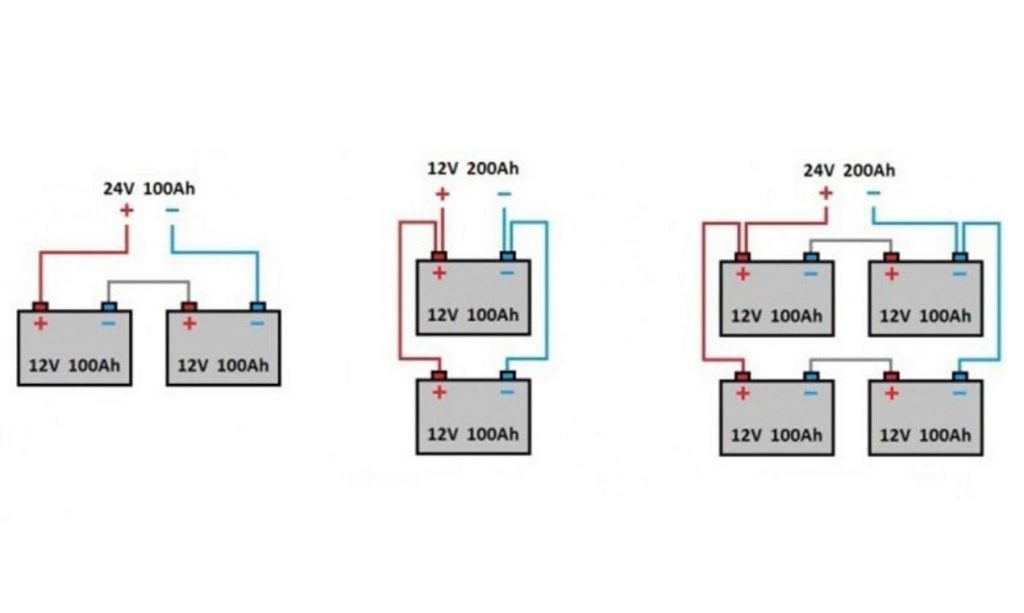
Starting Batteries:
Designed for engine start-up, navigation lights, electronic navigation instruments, anchor windlasses, and essential safety features, starting batteries require high current in short bursts. They are not suitable for deep discharges and have specific requirements for cold resistance, measured by Cold Cranking Amps (CCA). These batteries are made of lead with a liquid electrolyte.
Pros: Frequent use, cost-effective.
Cons: Requires regular maintenance and charging, shorter lifespan, risk of gas release.
House or Deep-Cycle Batteries:
Used for supplying power to fridges, coolers, anchor windlasses, electric motors, and onboard comfort systems, deep-cycle batteries are designed for repeated discharges. Their capacity is measured in ampere-hours (Ah). Innovative plate technology increases their lifespan, making them ideal for sustained use.
AGM Batteries:
Combining the advantages of lead-acid and gel batteries, AGM batteries are suitable for both single-battery setups and multi-battery systems. Offering high intensity, fast charging, slow discharge, and maintenance-free operation, AGM batteries provide unmatched convenience and safety.
Pros: Higher intensity than gel batteries, rapid charging, slow discharge, leak-proof, maintenance-free, works in all positions, resistant to vibrations.
Cons: Higher cost than lead-acid batteries.
Lithium Batteries (LiFePO4):
Among lithium-ion batteries, LiFePO4 is the safest option. Victron’s lithium-ion battery system incorporates advanced Battery Management System (BMS) technology, ensuring efficient energy transfer and immediate intervention in critical situations.
Pros: Higher energy density, low weight-to-capacity ratio, fast charging, long lifespan (six times more than conventional batteries), superior power output.
Conclusion:
Selecting the right marine battery is crucial for ensuring a seamless and reliable boating experience. Whether it’s for engine start-up, onboard comfort, or a combination of both, understanding the unique features and advantages of each battery type is essential. If you’re unsure about the best fit for your marine needs, feel free to reach out. We’re here to guide you towards the optimal battery solution.
Choosing the Right Marine Battery: A Comprehensive Guide Read More »
